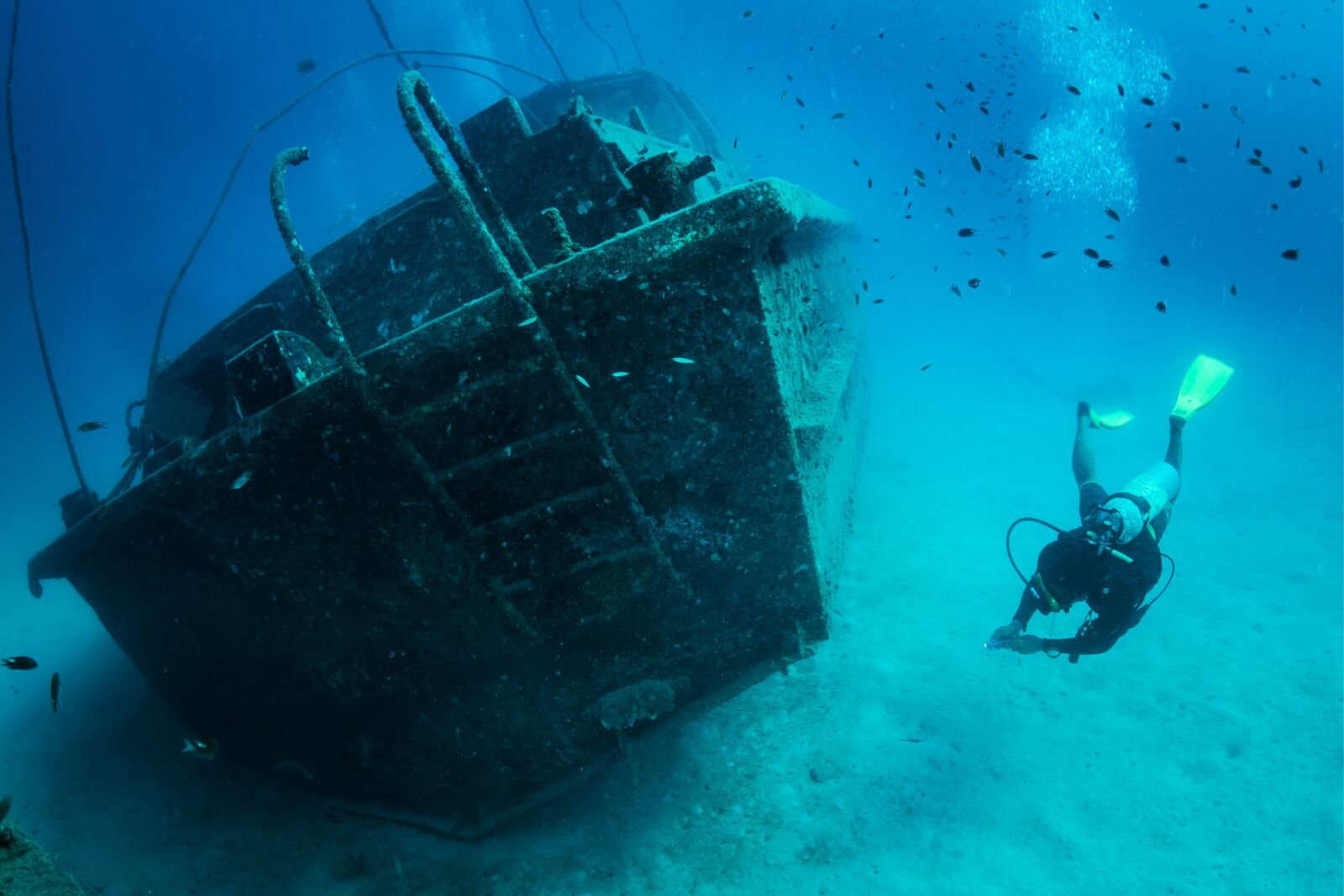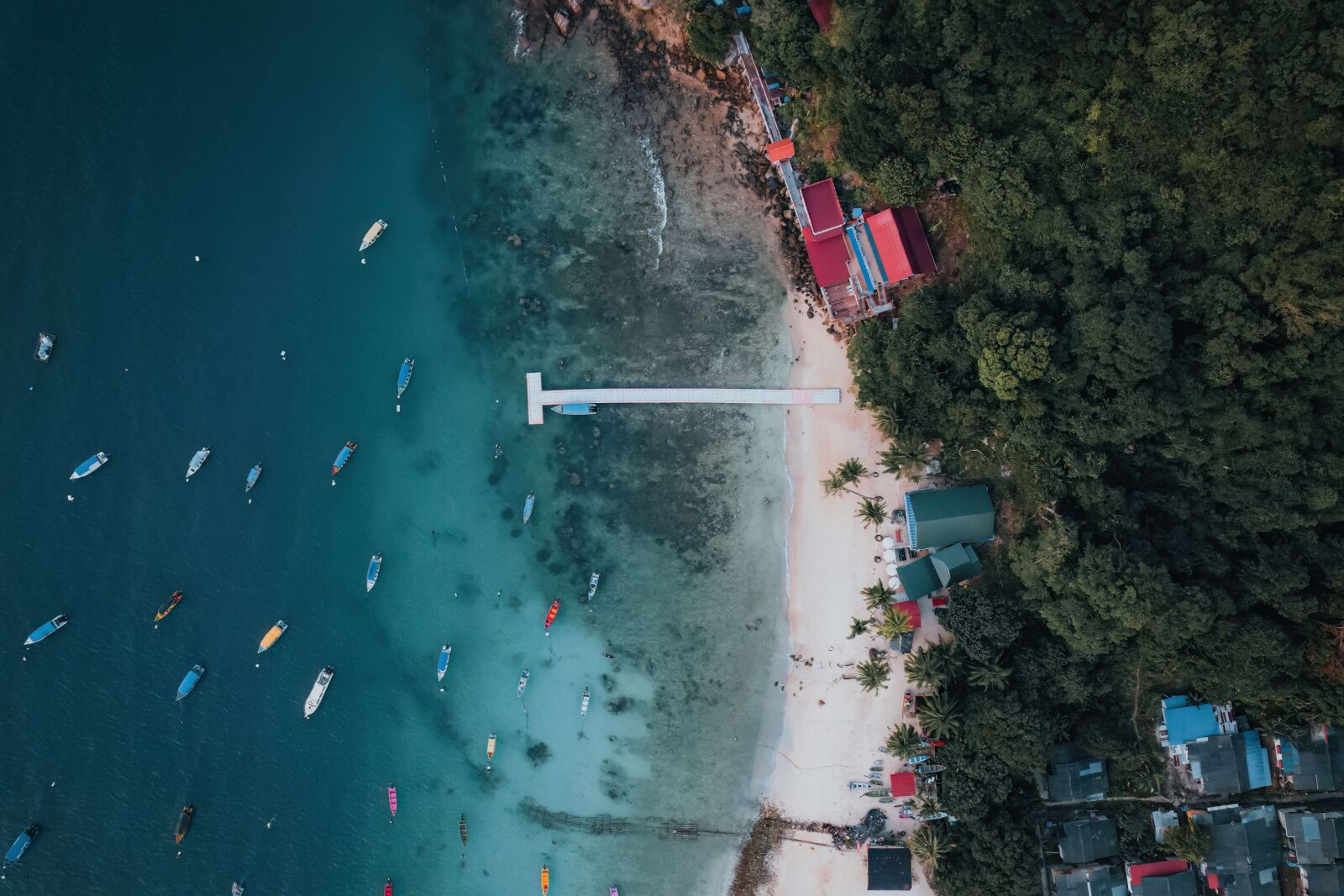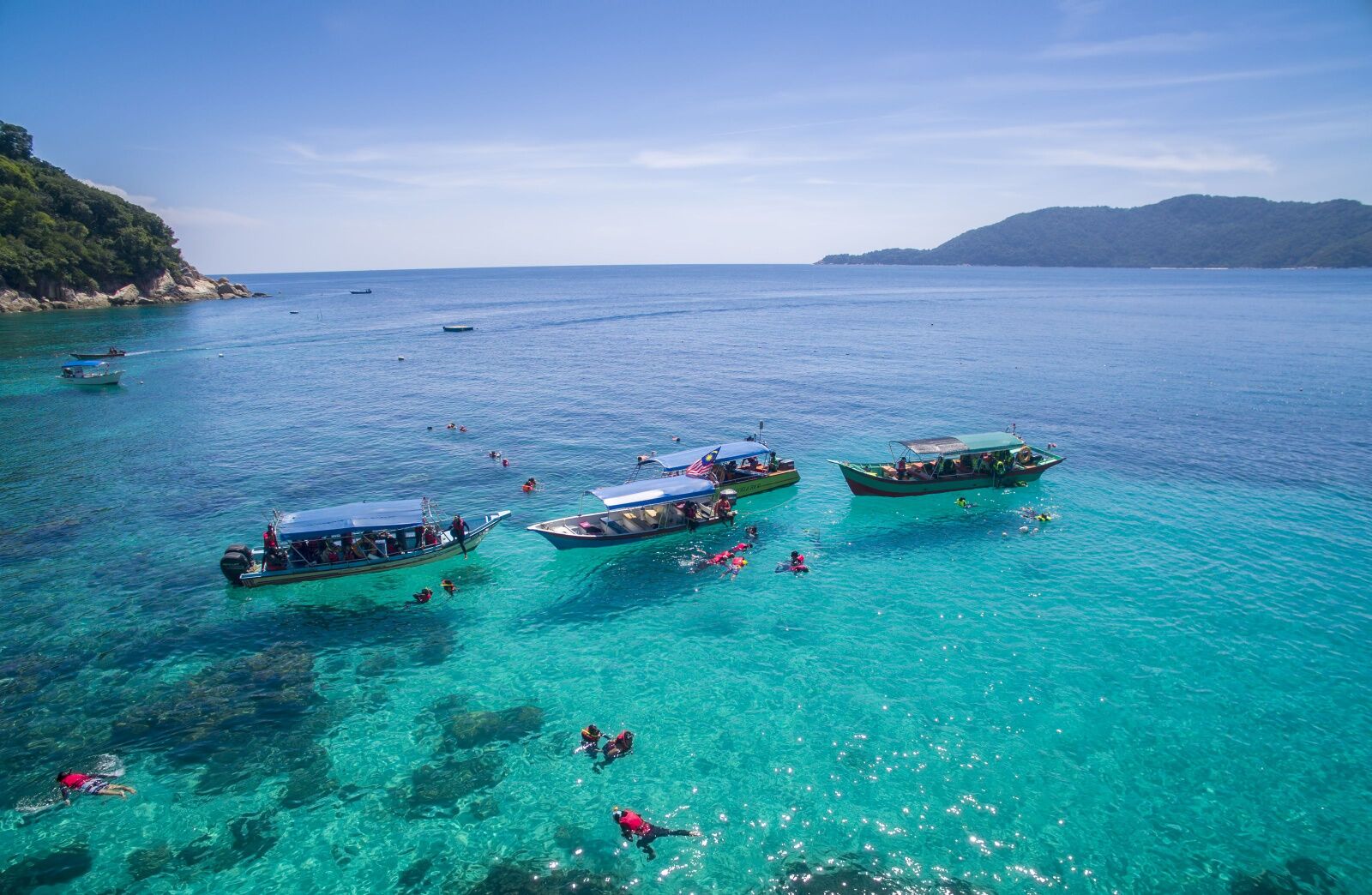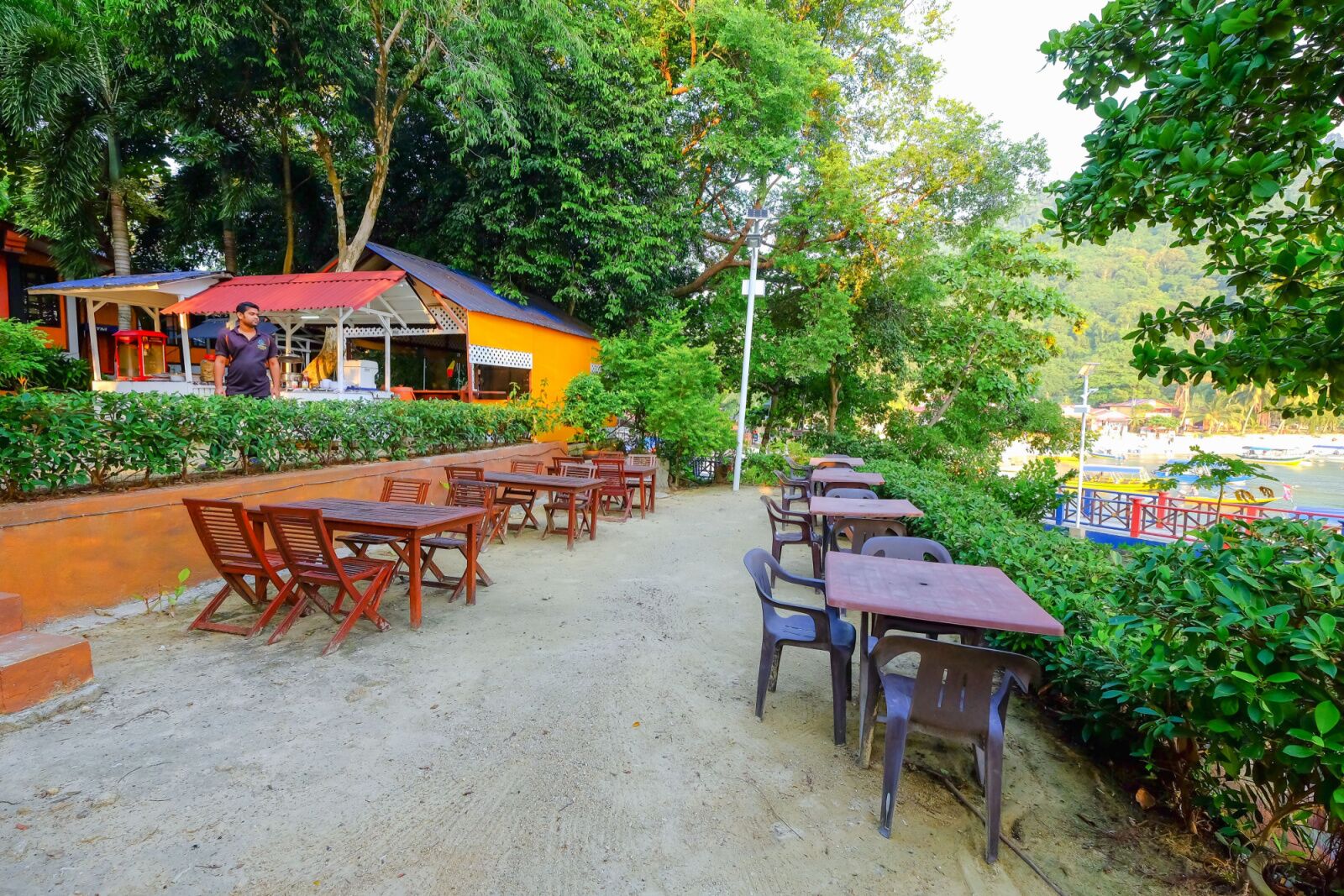When tourists visit Malaysia, the country’s west coast usually gets all the attention. Kuala Lumpur, the Cameron Highlands, and Penang are the main stops on the tourist trail; sometimes, visitors might head to Malaysia’s sunny island of Langkawi for a few days afterward.
However, just off the northeastern coast lie two sister islands that hold some of the country’s clearest waters and most spectacular marine life. The Perhentian Islands, known as Besar (Big Island) and Kecil (Little Island), are in the country’s Redang National Marine Park and attract far fewer visitors than Langkawi, their western counterpart. With no cars, minimal development (unpredictable electricity!), and an abundance of white-sand beaches, the Perhentian Islands prove that living like you’re on a nearly deserted island is very much alive and well for those seeking a slice of paradise.






